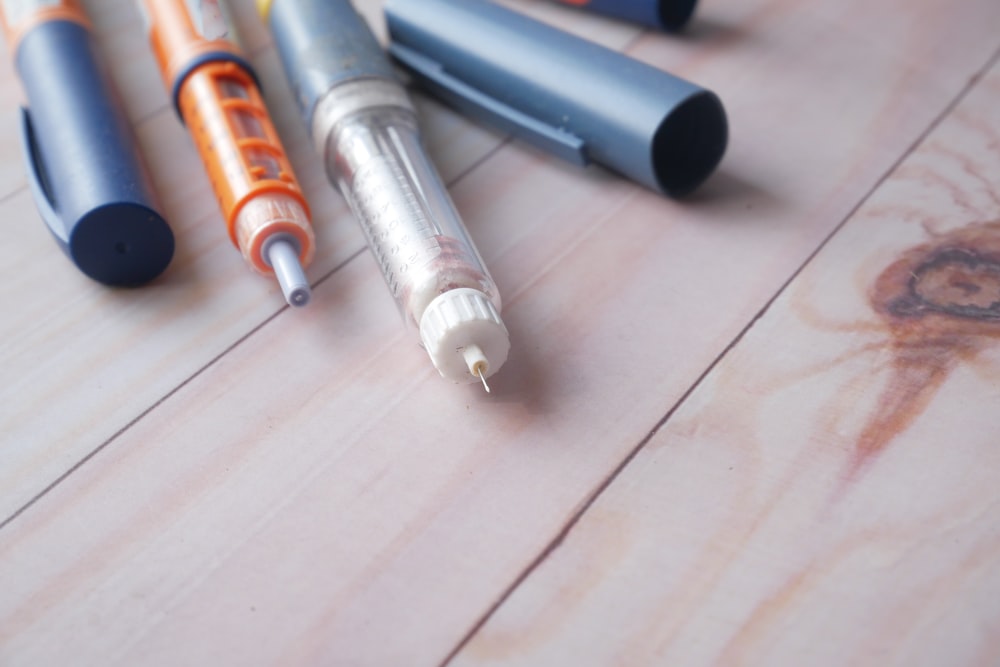ASCs

With more than half of the surgeries in the U.S. performed in ambulatory care settings, ambulatory surgery centers (ASC) and physician offices are under higher scrutiny from OSHA to protect healthcare workers from bloodborne pathogens hazards. In fact, violations for such hazards make up the majority of OSHA medical facility citations in recent years.
The most common violations for ASCs were: outdated or nonexistent exposure control plans; poor documentation; failing to use safety devices; and the lack of free training during working hours.
How to Avoid Needlesticks
In the past, we have reported that needlesticks have been ranked as eighth on the list of Top 10 Health Technology Hazards for 2011. As the number of injuries reported continues to increase we have provided the following steps that employees can take to avoid needlesticks:
(1) Avoid the use of needles where safe and effective alternatives are available.
(2) Help your employer select and evaluate devices with safety features.
(3) Use devices with safety features provided by your employer.
(4) Avoid recapping, bending, or removing used needles.
(5) Plan safe handling and disposal before beginning any procedure using needles.
(6) Dispose of used needle devices promptly in appropriate sharps disposal containers.
(7) Report all needlestick and other sharps-related injuries promptly.
(8) Tell your employer about hazards from needles that you observe in your work environment.
(9) Participate in bloodborne pathogen training and follow recommended infection prevention practices, including hepatitis B vaccination.

